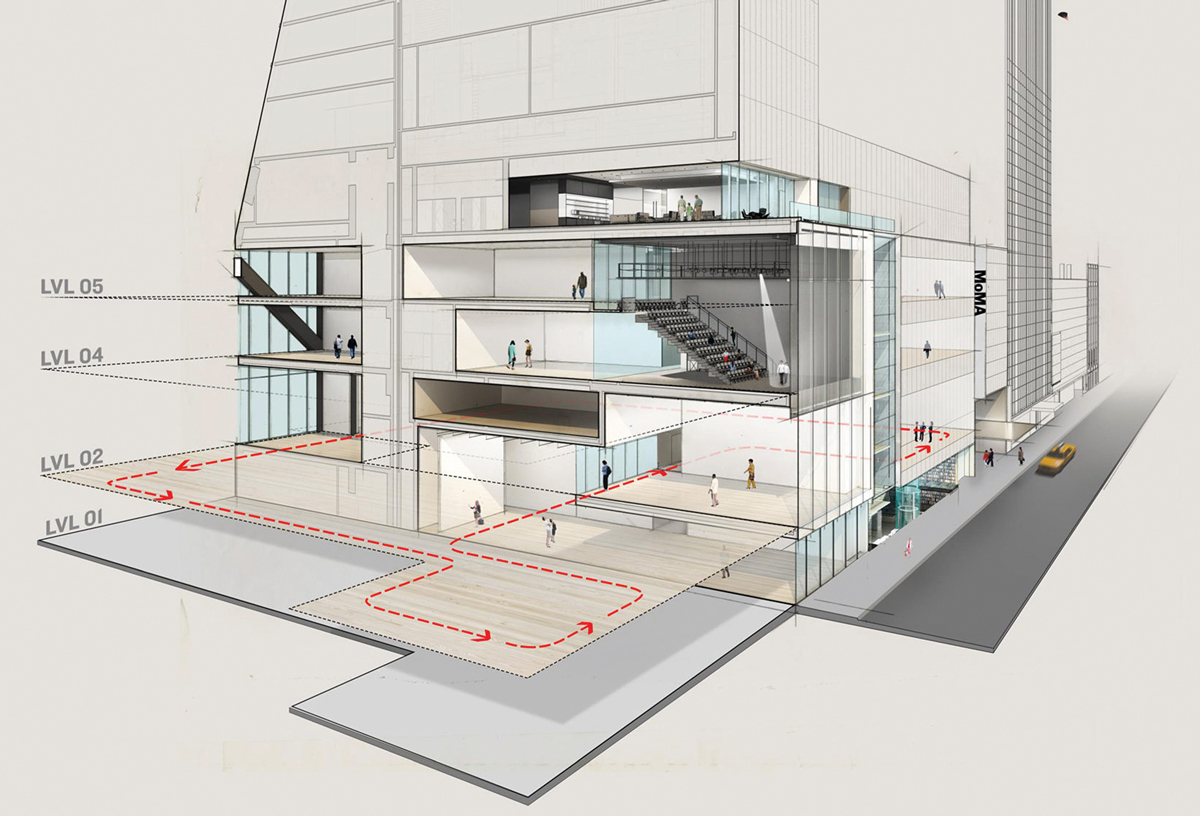[ad_1]
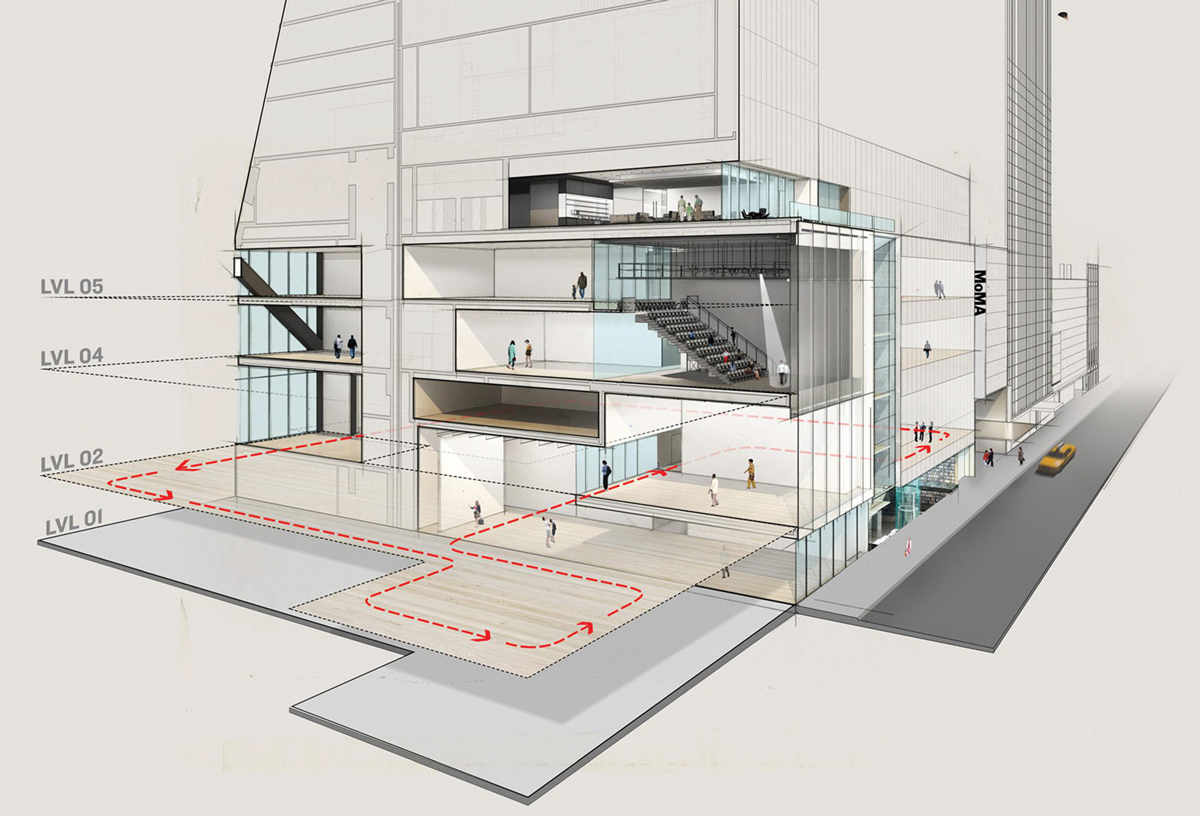
An expanded Museum of Modern Art in New York will reopen October 21.
©2017 DILLER SCOFIDIO + RENFRO
Fall is finally upon us and, as always, the season promises to be a busy one for art lovers worldwide. A years-in-the-making Leonardo da Vinci retrospective will take over the Louvre in Paris, the Museum of Modern Art in New York reopens in a reimagined fashion after a months-long closure, and Toronto is getting a biennial. See all these highlights and more below, in ARTnews‘s preview of 32 exhibitions to see this season.
Spotlight
MoMA Reopening
Museum of Modern Art, New York
Opens October 21
If you were aggrieved this summer by MoMA’s temporary closure, relief is on the way. MoMA reopens after a $450 million renovation that brings expanded galleries, dedicated performance space, and a new commitment to diversifying its offerings. On view will be solo presentations for Betye Saar, Pope.L, and Haegue Yang, as well as a survey of Latin American art recently gifted to the museum by Patricia Phelps de Cisneros (who ranks among this year’s ARTnews Top 200 Collectors).
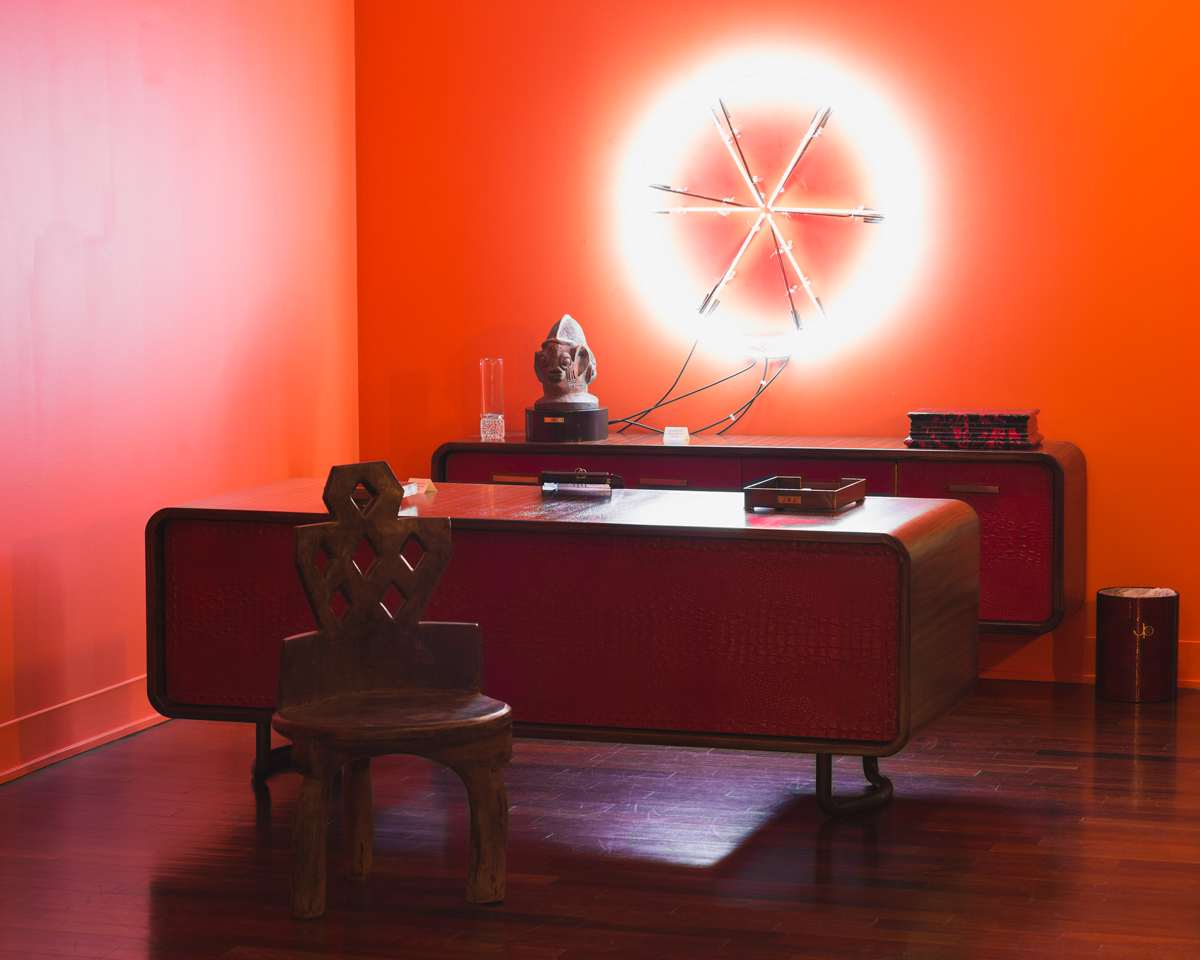
The Johnson Publishing Company Archives and Collections will feature in Theaster Gates’s survey at the Walker Art Center.
COURTESY REBUILD FOUNDATION
September
“Theaster Gates: Assembly Hall”
Walker Art Center, Minneapolis
Through January 12
The Walker has given over four rooms to selections from Theaster Gates’s holdings of 60,000 slides from an old stockpile belonging to the University of Chicago; 15,000 items from the Johnson Publishing Company Archives; 4,000 objects from a collection of “Negrobilia”; and ceramic pots and other curios that Gates has created or accumulated in recent years. As it goes with Gates, the whole is far greater than the sum of its parts.
Istanbul Biennial
Various venues, Istanbul
September 14–November 10
The old world order is eroding. What will replace it? The Istanbul Biennial takes on this question under the curation of Nicolas Bourriaud, the director of France’s Montpellier Contemporain museum. Bourriaud’s theme is “Anthropocene,” and climate change is a major concern. How will the breakdown of the planet inform interactions between cultures? More than 50 artists, including Radcliffe Bailey, Turiya Magadlela, and Güçlü Öztekin, weigh in on this and other matters.
Biennale de Lyon
Various venues, Lyon, France
September 18–January 5
One of the world’s most closely watched art festivals this year takes as its theme “Where the Waters Mix”—a reference to our fraught ecological moment. Overseen by Jean de Loisy, former director of the Palais de Tokyo in Paris, the program includes Nina Chanel Abney, Lee Kit, Simphiwe Ndzube, Pamela Rosenkranz, and others.
Marsden Hartley
Louisiana Musuem of Art, Humlebaek, Denmark
September 19–January 19
American artist Marsden Hartley cut an inimitable path by painting coded abstract portraits in Berlin of a soldier who was likely his lover, burly mountains and foaming waves in his native Maine, and too many other luscious, tough, charming, and melancholy images to catalogue here. Hartley, who died in 1943, is a hallmark in the U.S., but his work is less well known overseas.
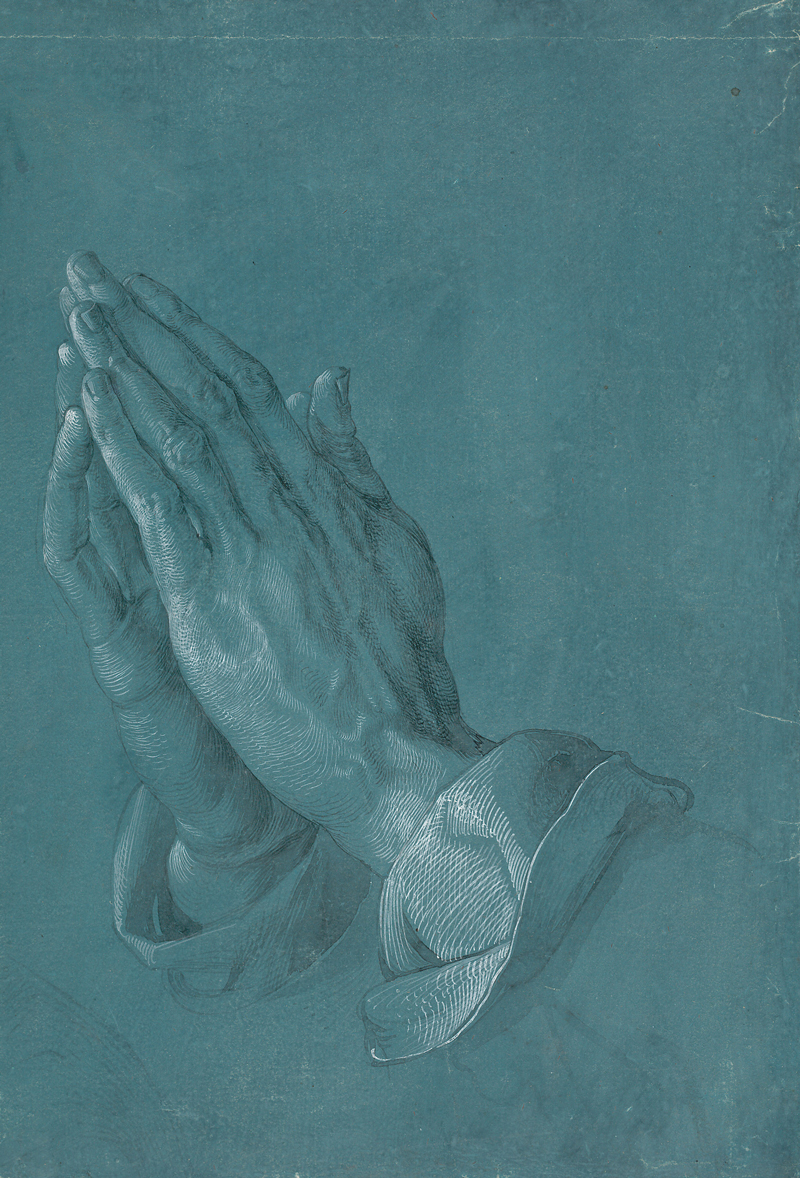
Albrecht Dürer, Betende Haende (Praying Hands), 1508.
ALBERTINA, VIENNA
Albrecht Dürer
Albertina, Vienna
September 20–January 6
Among the artists of the Northern Renaissance, Albrecht Dürer’s naturalism was the most convincing. You can practically count the strands of fur in his 1502 watercolor Young Hare. The museum’s most extensive presentation of the artist since 2003, this 200-work show draws on the Albertina’s extensive Dürer holdings. Look out for crowds.
“Robert Colescott: Art and Race Matters”
Contemporary Arts Center Cincinnati, Ohio
September 20–January 12
Art historian Huey Copeland once called Robert Colescott a “freaky-deke”—fitting for an artist who painted chaotic, corrosive scenes that do battle with sexual and racial stereotypes. Despite being able to lay claim to a number of firsts (including being the first black artist to represent the United States at the Venice Biennale), there has never before been a Colescott retrospective—until now.
Pope.L
Whitney Museum, Museum of Modern Art, and Public Art Fund, New York
September 21–February 1
For an artist as expansive as Pope.L—who puts race, gender, social imbalance, and societal absurdity in raucous play in sculptures, videos, paintings, and performances—one venue won’t do. But will three be enough? In October, the Whitney will present his new installation, Choir, inspired by water fountains and the music of John Cage, while MoMA focuses on 13 performance pieces from 1978 to 2001. On September 21, the Public Art Fund will help Pope.L enact Conquest, a new piece enlisting volunteers who will crawl around Lower Manhattan on hands and knees.
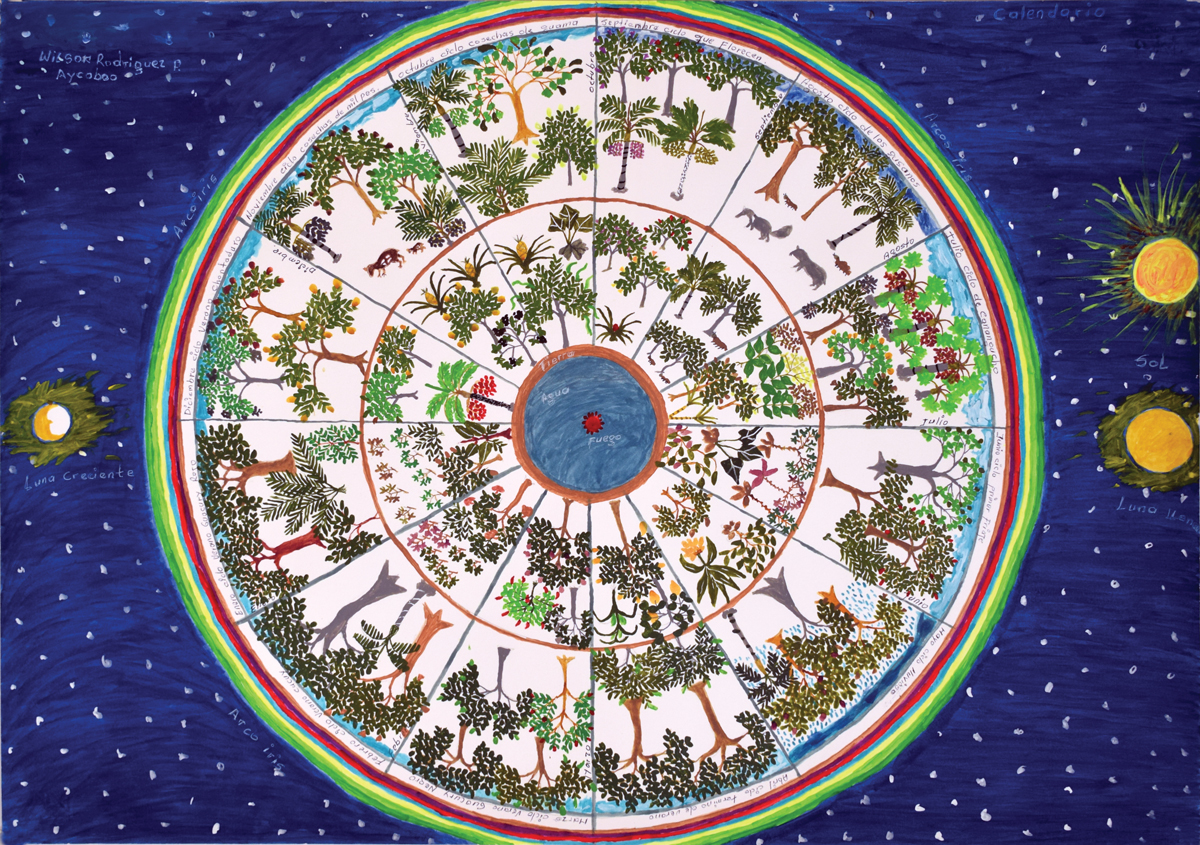
Wilson Rodríguez, Calendario, 2018, Toronto Biennial of Art.
COURTESY TORONTO BIENNIAL OF ART
Toronto Biennial of Art
Various venues, Toronto
September 21–December 1
At last, Toronto gets a biennial. For the inaugural edition, curated by Candice Hopkins and Tairone Bastien, 100 works, including 20 new commissions, will take over the Toronto waterfront. Among the artists included are Maria Thereza Alves, Judy Chicago, Dana Claxton (Hunkpapa Lakota), Shezad Dawood, Naufus Ramírez Figueroa, Kapwani Kiwanga, and the New Red Order.
“Matthew Barney: Redoubt”
UCCA Contemporary Art Center, Beijing
September 28–December 15
After first showing at Yale University (the fabled artist’s alma mater), “Matthew Barney: Redoubt” goes to China with an elaborate and interconnected story involving alchemy, the environment, and wolves running rampant in the wilds of Idaho. The show features a two-hour film, monumental poured-metal sculptures, and copper engravings that star in the movie itself.
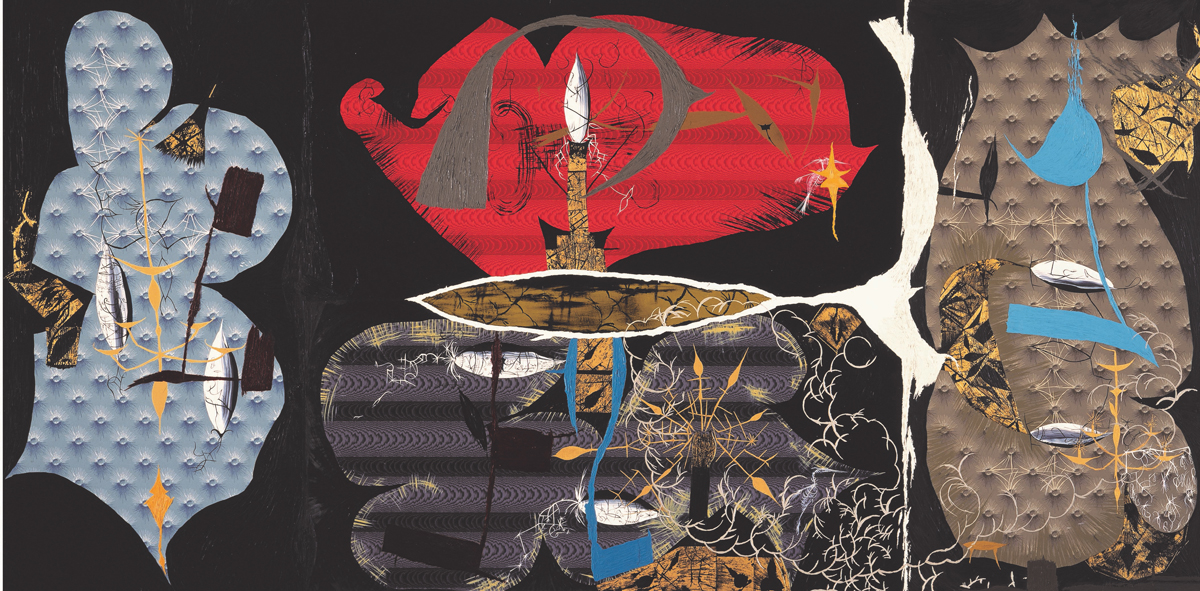
Lari Pittman, Maladies and Treatments, 1983.
©LARI PITTMAN, COURTESY OF REGEN PROJECTS, LOS ANGELES/COLLECTION OF TRACY AND GARY MEZZATESTA
“Lari Pittman: Declarations of Independence”
Hammer Museum, Los Angeles
September 29–January 5
In this overdue mid-career retrospective in Lari Pittman’s hometown, 100 works trace his career from his early collages in response to the AIDS crisis to his recent paintings exploring dreams. You won’t be able to miss his vibrant series of monumental paintings, “Flying Carpets” (2013).
“No Wrong Holes: Thirty Years of Nayland Blake”
Institute of Contemporary Art, Los Angeles
September 29–January 26
Speaking to ARTnews earlier this year, Nayland Blake described this full-career survey as what would hopefully be “a super-hot party where people got to have fun.” Even if Blake’s material is difficult—race and gender are frequent concerns, as is the notion of “passing” (the artist is biracial)—the show promises to be an essential look at one of the most important artists in the years following the AIDS crisis.
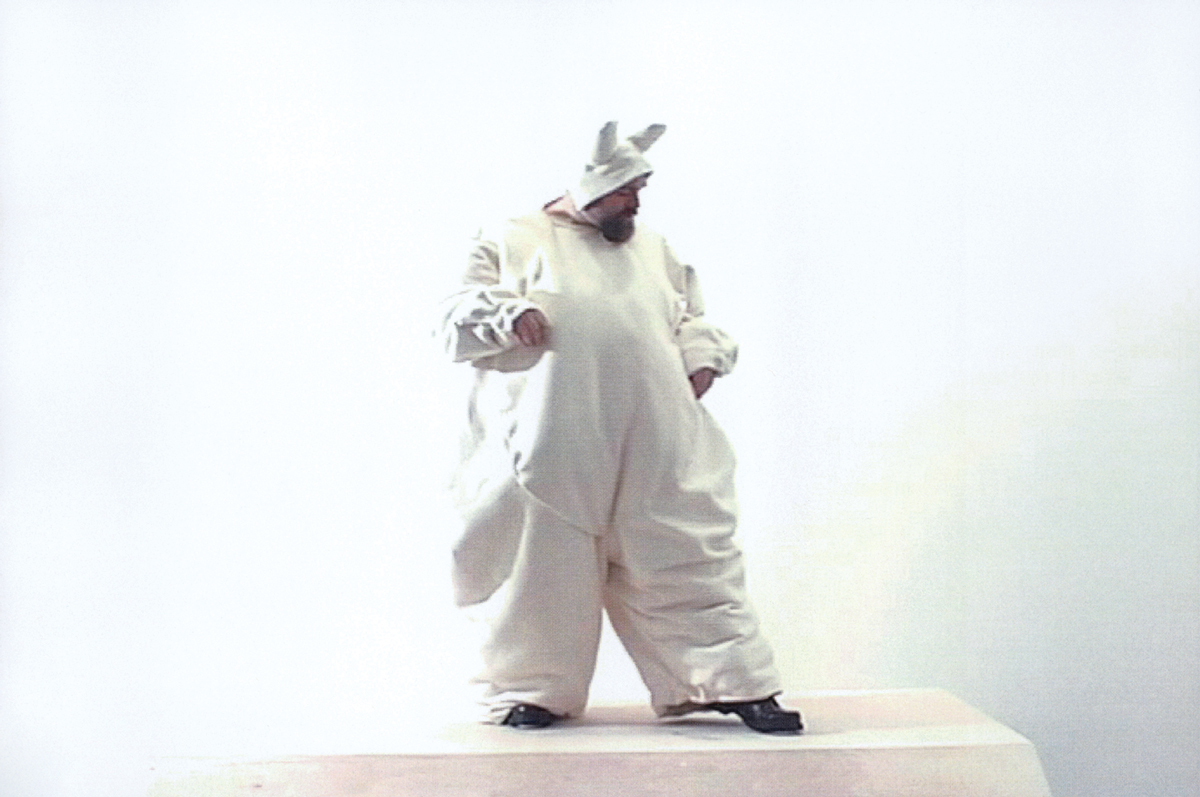
Nayland Blake, Starting Over (still), 2000.
©NAYLAND BLAKE/COURTESY MATTHEW MARKS GALLERY
October
Asian Art Biennial
National Taiwan Museum of Fine Arts, Taichung
October 5–February 9
The seventh edition of the Asian Art Biennial bears the theme “The Strangers from Beyond the Mountain and the Sea.” The curators, artists Hsu Chia-Wei and Ho Tzu-Nyen, have positioned it as loosely based on interaction between the natural elements and humankind as visitors from afar bearing gifts of wisdom. More than 30 artists feature in a mix of existing and newly commissioned works.
“Agnes Denes: Absolutes and Intermediates”
The Shed, New York
October 9–January 19
Agnes Denes created in 1982 one of the most improbable public artworks ever: two acres of wheat that she planted and then harvested in New York’s Battery Park landfill. The 88-year-old Hungarian-American artist has spent her career splicing together elements of science, mathematics, and other fields with conceptual art, and this 150-work survey promises to take her full measure.
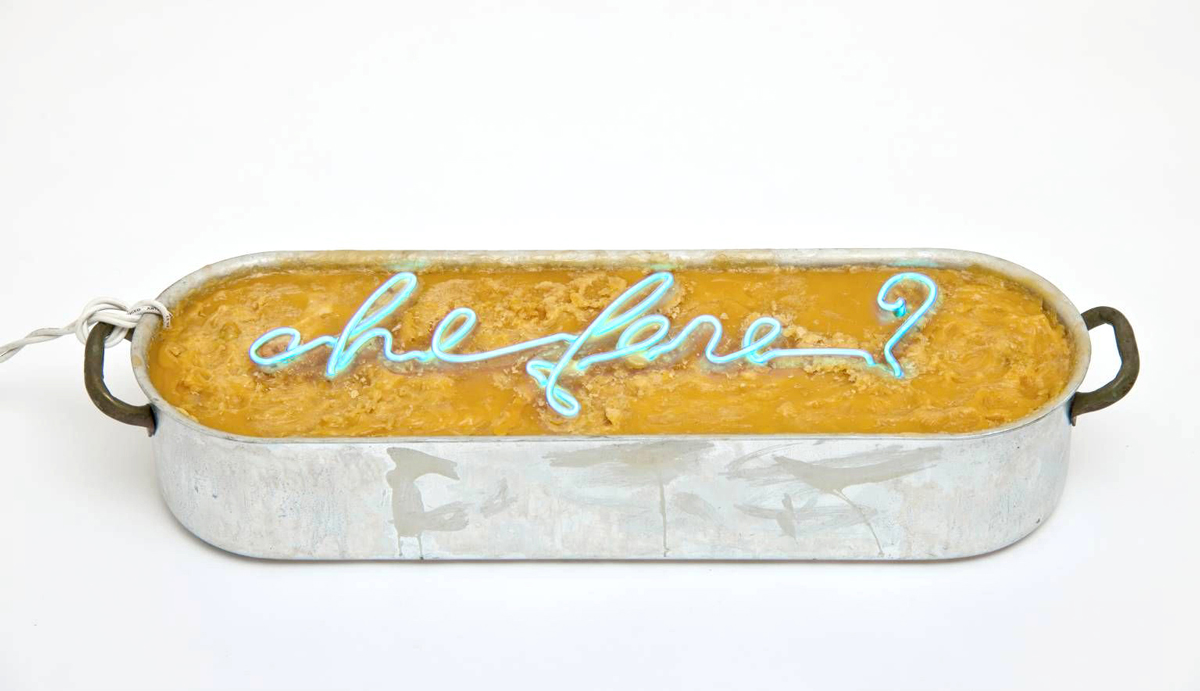
Mario Merz, Che Fare?, 1968–73.
COURTESY MERZ FOUNDATION/TATE AND NATIONAL GALLERIES SCOTLAND
“Mario Merz: Time Is Mute”
Museo Reina Sofía, Madrid
October 11–March 23
Like his peers in an Arte Povera movement given to materials suited for “poor art,” Mario Merz, who died in 2003, made use of such elements as clay, wood, wax, and coal. Of interest in this retrospective is how such materials played into the fomentation of political ideas inclined toward anti-fascist protest and Marxist ideals.
“Mud Muses—A Rant About Technology”
Moderna Museet, Stockholm
October 12–January 12
In 1968 Robert Rauschenberg started work on an enormous device that employed sensors to record ambient sounds that in turn made 8,000 pounds of mud burble and slosh. This show uses the high-tech Mud Muse as a starting point to look at art’s fascination with technology and the internet. On the roster are artists like Ian Cheng and the Australian duo Soda_Jerk, whose films rely on footage appropriated from movies digitally altered to reflect their homeland’s complicated history.
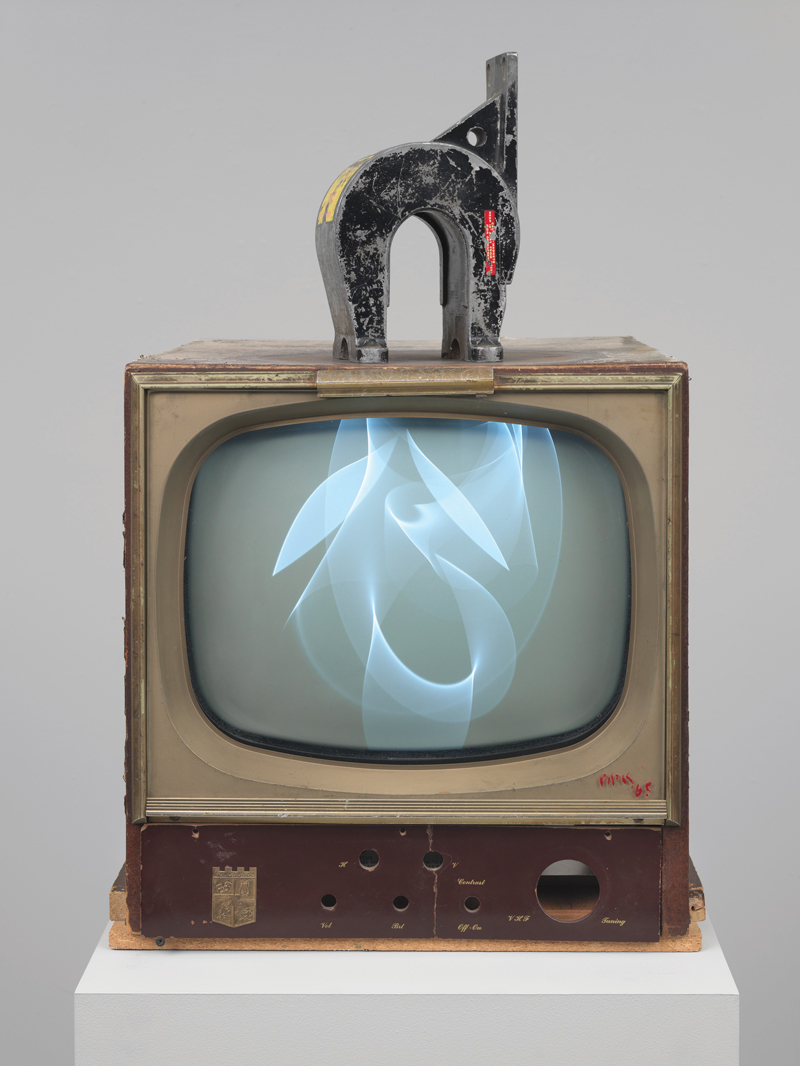
Nam June Paik, Magnet TV, 1965.
©ESTATE OF NAM JUNE PAIK
Nam June Paik
Tate Modern, London
October 17–February 9
Always ahead of his time, Nam June Paik made monumental sculptures in the ’60s from TV monitors, elevating the boob tube into a spiritual object by placing a buddha statue in front of a closed-circuit screen. in the ’70s he tried to create a global video-sharing community and used the term “electronic super highway.” that history and much more makes this 200-work retrospective a true occasion.
“Teresita Fernández: Elemental”
Pérez Art Museum, Miami
October 18–February 9
This survey spanning the mid-1990s to the present is a homecoming of sorts for the Miami-born, New York–based Teresita Fernández, whose work encompasses large-scale sculpture, immersive installations, and mixed media. Among the offerings are a mirrored-floor call for self-reflection and a sculpture that evokes fire by way of thousands of animated silk threads.
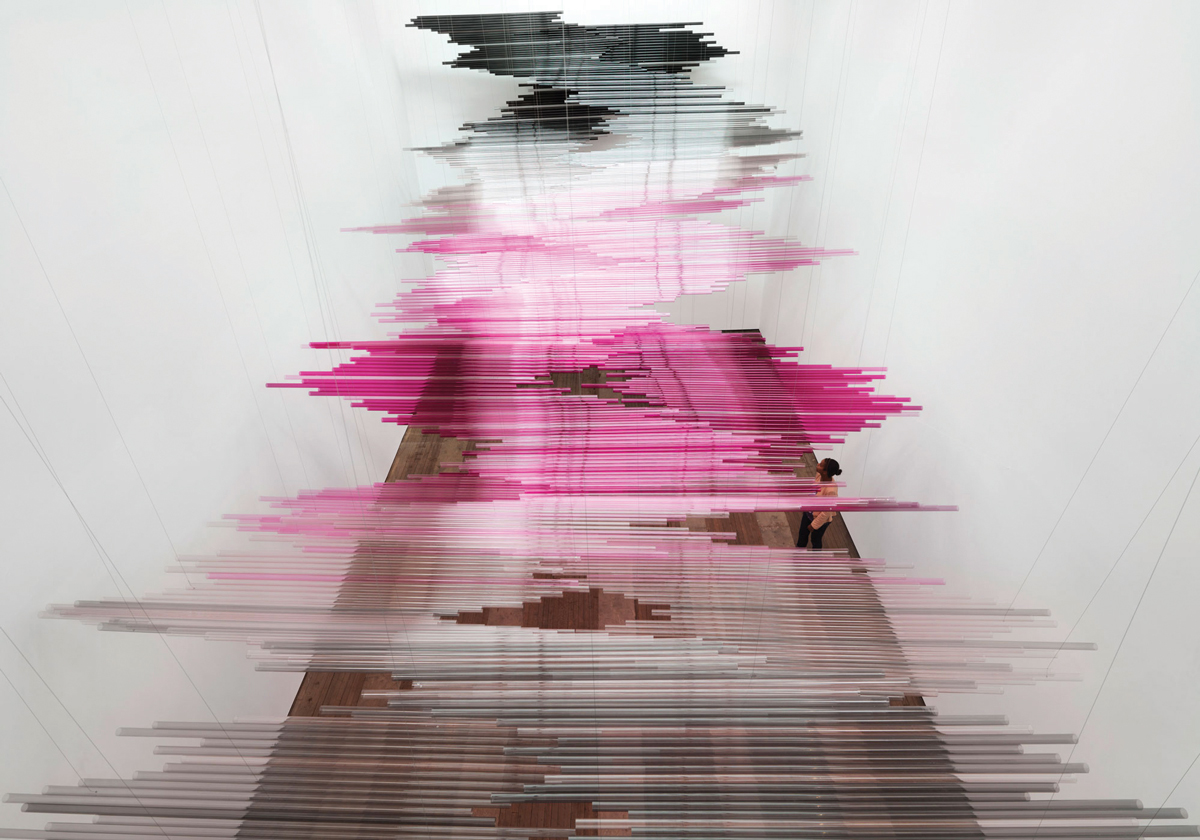
Teresita Fernández, Nightwriting, 2011.
COURTESY THE ARTIST/LEHMANN MAUPIN, NEW YORK, HONG KONG, AND SEOUL
“Shirin Neshat: I Will Greet the Sun Again”
The Broad, Los Angeles
October 19–February 16
With U.S.–Iran relations once again in the news, Shirin Neshat’s work is more relevant than ever. One of her biggest exhibitions to date explores intersections between her biography and Iran’s tumultuous history through 130 videos, photographs, and work in other forms. It includes a new video installation focusing on Neshat’s feelings of unease as a woman living in exile in America during Iran’s revolution museums in the late ’70s.
“When Home Won’t Let You Stay: Migration through Contemporary Art”
Institute of Contemporary Art, Boston
October 23–January 26
In an era of displacement and mounting crisis over immigration, artists have been thinking hard about why people leave their homeland and the risk that involves. This show brings together recent work by 20 artists hailing from a dozen countries, among them Kader Attia, Tania Bruguera, Isaac Julien, Yinka Shonibare MBE, and Do Ho Suh.
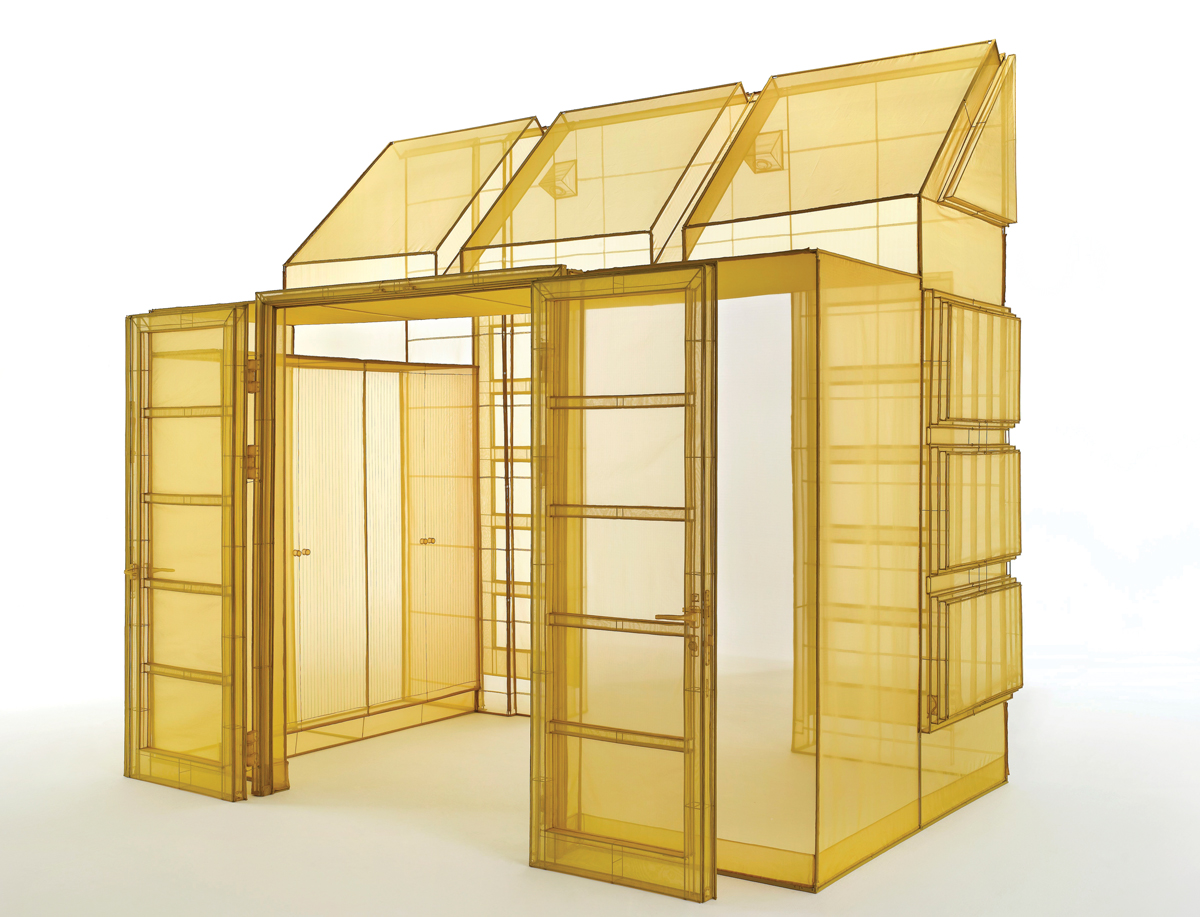
Do Ho Suh, Hub-1, Entrance, 260-7, Sungbook-Dong, Sungboo-Ku, Seoul, Korea, 2018. “When Home Won’t Let You Stay,” ICA Boston.
©DO HO SUH/COURTESY THE ARTIST AND LEHMANN MAUPIN, NEW YORK, HONG KONG, AND SEOUL
“Hans Haacke: All Connected”
New Museum, New York
October 24–January 26
Here’s a question: how will the retrospective of an artist whose career is built on a critical examination of institutions play at an institution that has recently drawn criticism for how it handled its unionizing employees? An even better question: what does Hans Haacke, at 83, have to tell us in the lead-up to the U.S. presidential election?
Leonardo da Vinci
Musée du Louvre, Paris
October 24–February 24
Might the 500th anniversary of Leonardo da Vinci’s death make for the biggest blockbuster in the history of blockbusters? The hit list is hot, what with the Mona Lisa and other major paintings, plus drawings and ephemera. In tribute to his interest in technology, the Louvre will also highlight the results of the latest scientific examination and restoration of the master’s works.
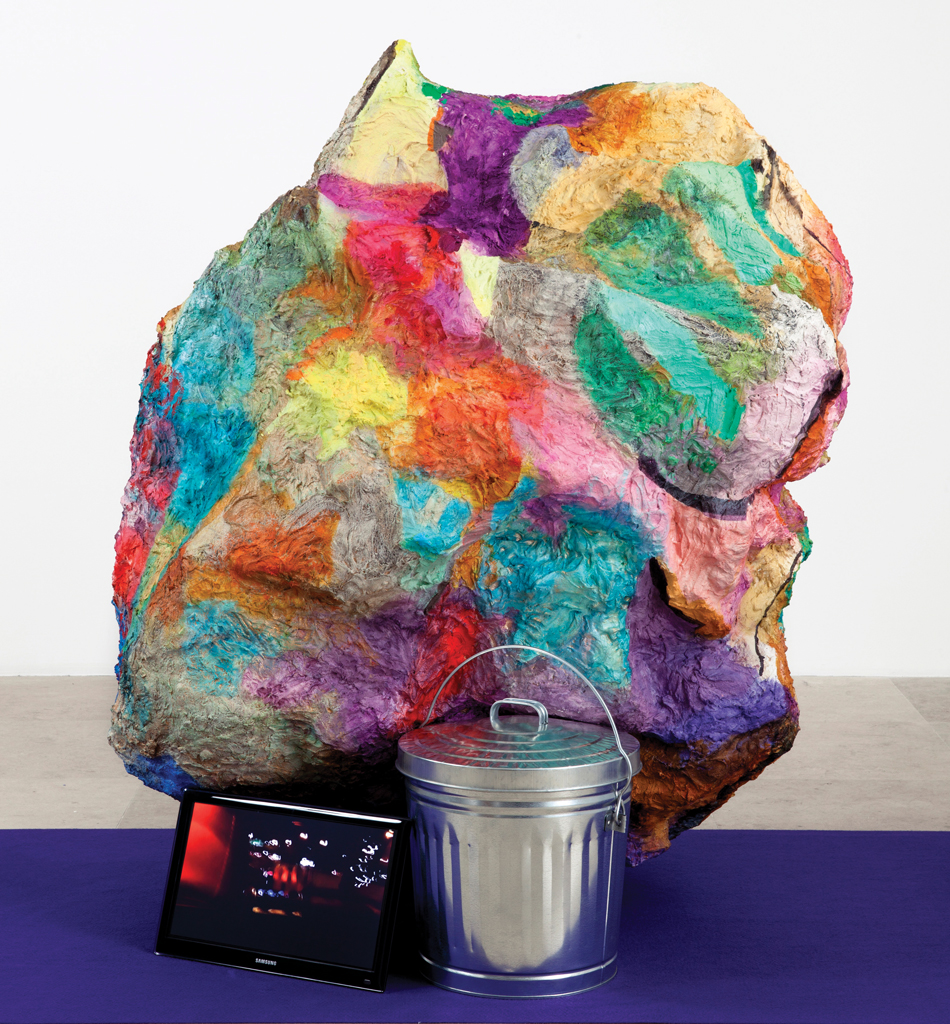
Rachel Harrison, Hoarders, 2012.
JOHN BERENS/COURTESY THE ARTIST AND GREENE NAFTALI, NEW YORK
“Rachel Harrison Life Hack”
Whitney Museum, New York
October 25–January 12
New Yorker art critic Peter Schjeldahl once called Rachel Harrison our “least digestible” sculptor. It was a compliment—as it’s the difficulty of her creations that makes them satisfying. Incorporating diverse materials—sneakers, ropes, jars—her sculptures are puzzles; her first full-career survey, featuring some 100 works, will offer lots to ponder.
Lagos Biennial
Various venues, Lagos, Nigeria
October 26–November 30
With a population of 21 million, rapidly urbanizing Lagos is the largest city in Africa. For the second edition of this Biennial, curators Antawan I. Byrd, Tosin Oshinowo, and Hansi Momodu-Gordon take up a question that doubles as an exhibition title: “How to Build a Lagoon with Just a Bottle of Wine?”
“With Pleasure: Pattern and Decoration in American Art 1972–1985”
Museum of Contemporary Art, Los Angeles
October 27–May 11
Ten years ago, the Hudson River Museum surveyed the Pattern & Decoration movement, which has since moved up in the world—now to a starring role at MOCA in L.A. Having once fallen out of favor—New York Times critic Holland Cotter said, “No one knew what to make of hearts, Turkish flowers, wallpaper, and arabesques”—it’s back in fashion these days, thanks to lasting work by Miriam Schapiro, Joyce Kozloff, Robert Kushner, and others.
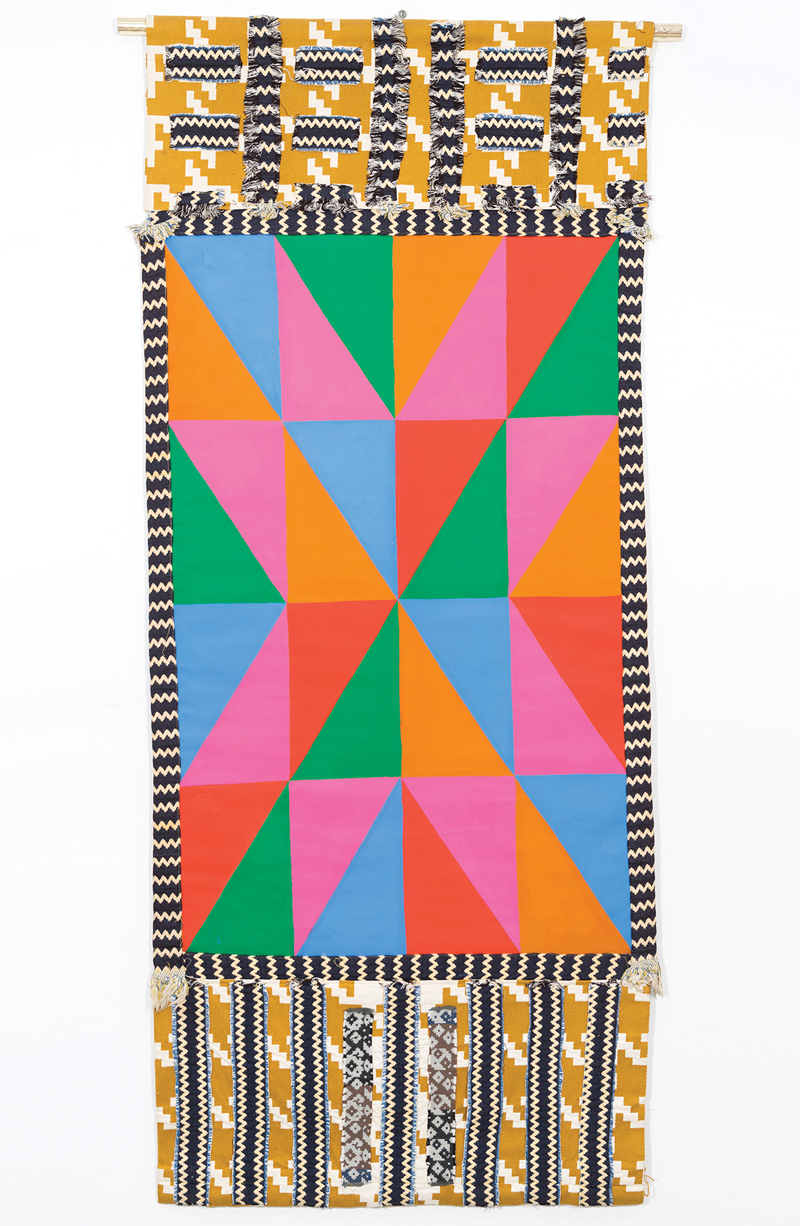
Faith Ringgold, Windows of the Wedding #4: Man, 1974. “With Pleasure,” MOCA, Los Angeles.
©2019 FAITH RINGGOLD AND ARTISTS RIGHTS SOCIETY (ARS), NEW YORK/COURTESY THE ARTIST AND ACA GALLERIES
November
“Japan Supernatural”
Art Gallery of New South Wales, Sydney
November 2–March 8
This mystically minded survey of more than 180 works from Japan pairs neo-pop visions by Takashi Murakami, Chiho Aoshima, and Miwa Yanagi with historic miniature carvings and woodblock prints.
“Theater of Operations: The Gulf Wars 1991–2011”
MoMA PS1, New York
November 3–March 1
“This whole war conceived as a technological extrapolation of the brain is a sure sign of madness. It is like those characters in Hieronymus Bosch with a glass bell or a soap bubble around their head as a sign of their mental debility.” That’s Jean Baudrillard in his famous series of essays, The Gulf War Did Not Take Place. But it did take place, of course, and this 100-work survey will focus on responses to it from Middle Eastern artists as well as Western contemporaries responding to the culture of conflict.
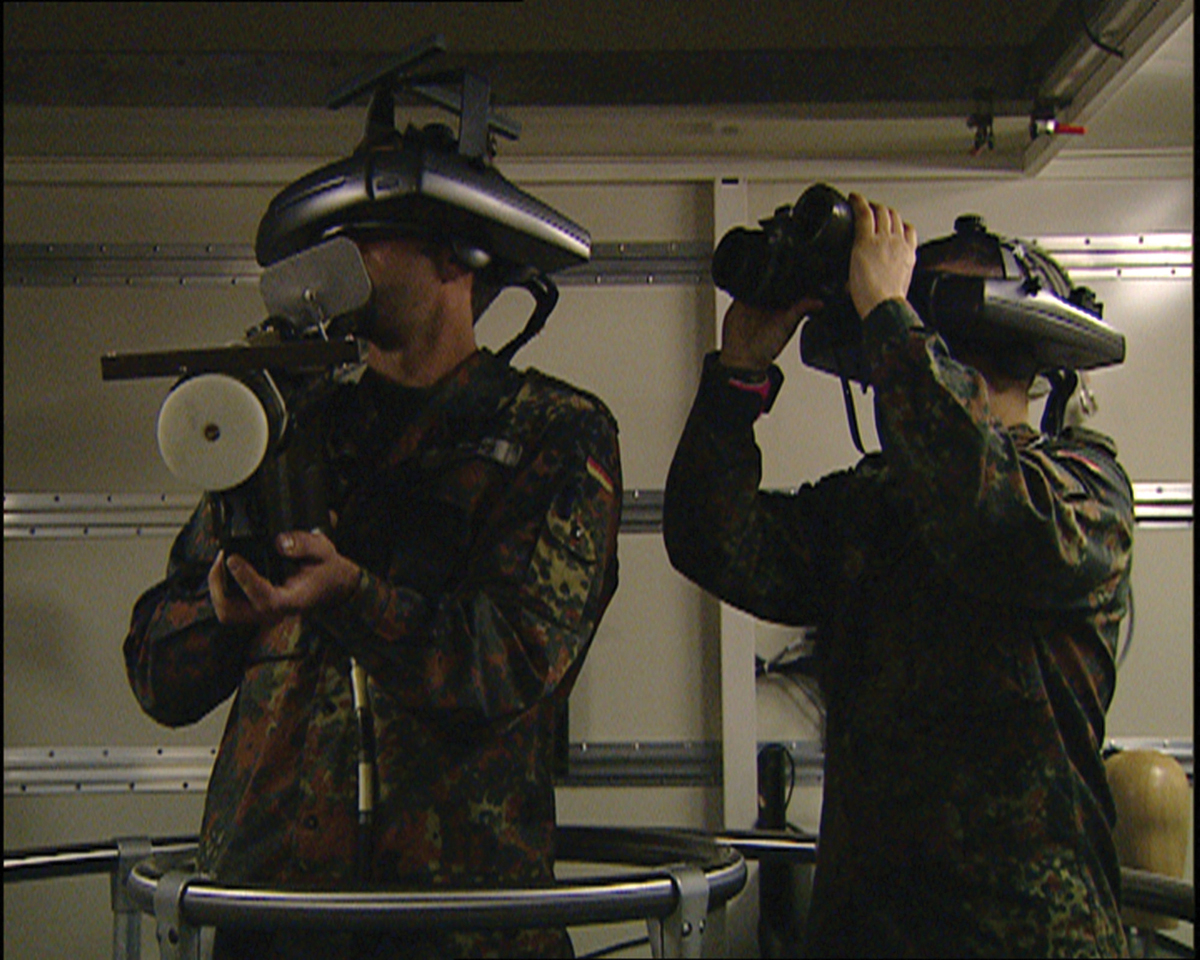
Harun Farocki, War at a Distance (still), 2003. “Theater of Operations,” MoMA PS1.
©2019 HARUN FAROCKI FILMPRODUKTION/THE MUSEUM OF MODERN ART
Julie Mehretu
Los Angeles County Museum of Art
November 3–May 17
An unimpeachable statement: Julie Mehretu is one of the most accomplished and influential painters working today. Her mid-career survey will confirm that with 80 paintings and works on paper, all in mind of the New York–based artist’s signature style of quasi-abstract topographies that reference colonialism, conflict, and displacement. In 2020, this show travels to the Whitney Museum.
Sterling Ruby
Institute of Contemporary Art, Miami
November 7–February 9
Sterling Ruby has gotten attention of late as a force in the fashion world—after a recent runway show, he told the New Yorker, “Fuck being an artist—this is wonderful.” But his art will be given the spotlight in his first comprehensive institutional survey, which travels to the ICA Boston next year. You’ll find his riffs on Minimalist sculptures there, as well as his early spray-painted pieces, metal works, and drawings, but don’t expect any clothes—Ruby reportedly told the show’s curators that his paint-spattered garments couldn’t be included.
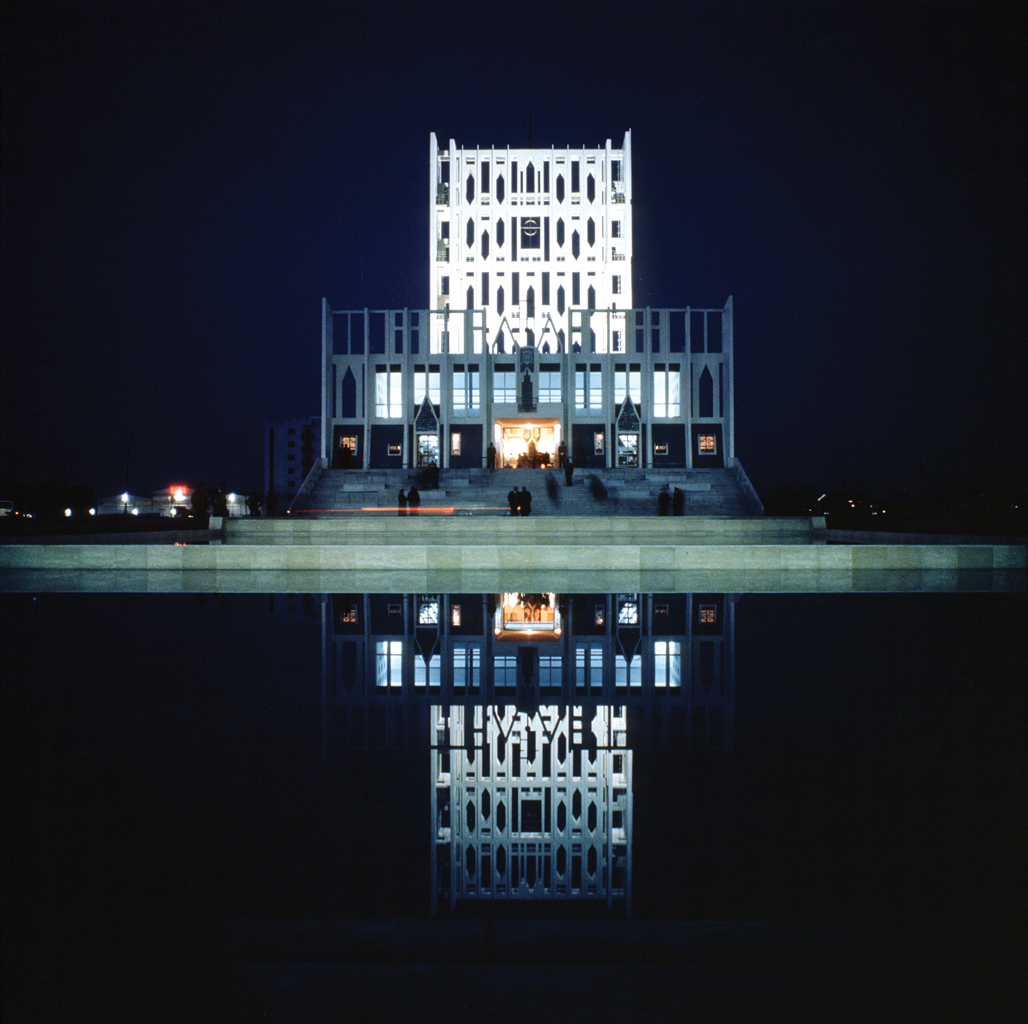
Gio Ponti, Concattedrale di Taranto, 1964–70.
©GIO PONTI ARCHIVES
“Gio Ponti: Amate l’architettura”
MAXXI, Rome
November 7–April 20
Gio Ponti is a god among Italian architects, who made his mark in the 1950s with buildings like the Pirelli Tower, a sleek and tapered skyscraper in Milan. He worked in the art world too, designing for institutions like the Denver Art Museum. Forty years after his death, this retrospective goes the full Ponti with models, archival materials, photographs, books, magazines, and more.
“Boltanski”
Centre Pompidou, Paris
November 13–March 16
In 2010 Christian Boltanski filled the central gallery of Paris’s Grand Palais with a 50-ton pile of clothes in a meditation on trauma, death, and absence. Now he’s the subject of a retrospective at one of France’s most hallowed museums, which will show a full spread of Boltanski’s five-decade career, including installations, photographs, sound pieces, and sculptures.
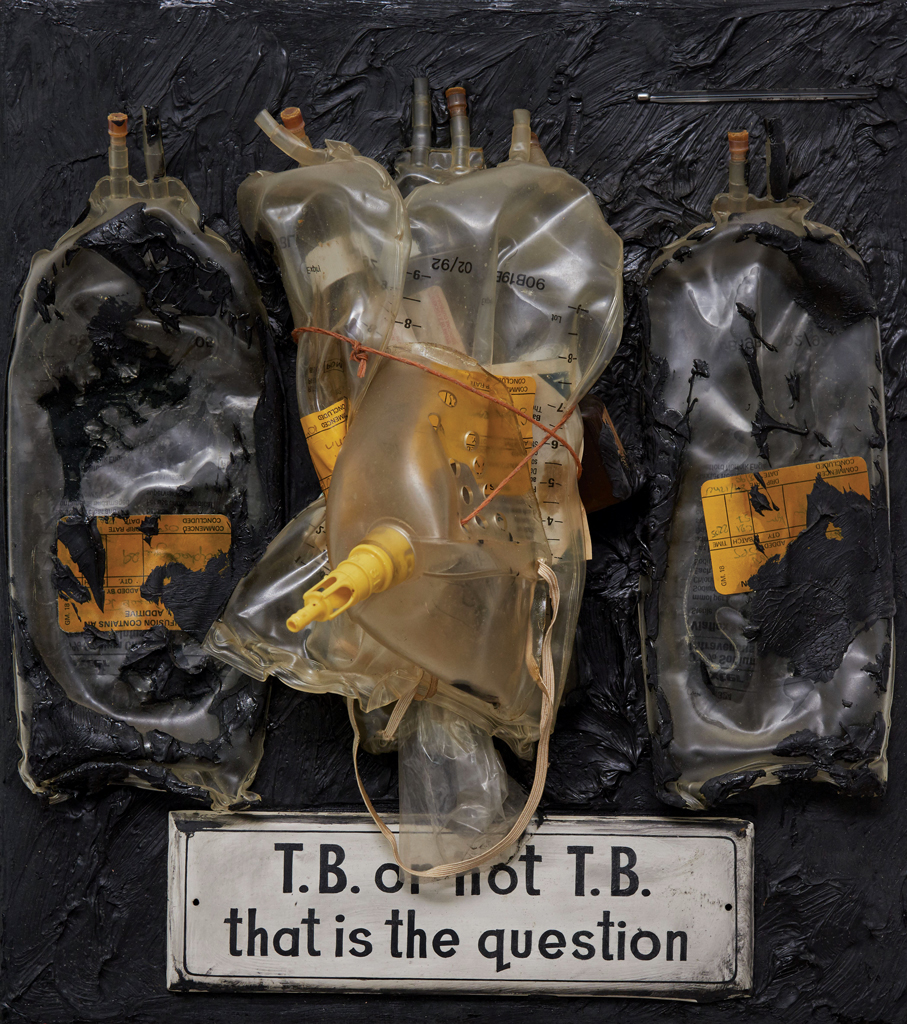
Derek Jarman, T.B. or not T.B., 1990.
COURTESY AMANDA WILKINSON GALLERY, LONDON
“Derek Jarman: PROTEST!”
Irish Museum of Modern Art, Dublin
November 15–February 23
Derek Jarman died 25 years ago from AIDS-related causes, too young, at 52. An activist from the beginning of his career, in the ’60s, his films during the ’80s responded directly to the mounting AIDS crisis. This exhibition presents the complete Jarman: not just the films, but also his paintings, writings, and set designs.
“Anna Bella Geiger: Native Brazil/Alien Brazil”
Museu de Arte de São Paulo and Sesc Avenida Paulina, São Paulo
November 29–March 8
As Brazil reckons with its colonial past, Anna Bella Geiger’s work comes to seem increasingly prescient. One of her most well-known works, a video portrait from 1974 in which she pets a cat and discusses her homeland’s history, made her a highlight of a recent traveling survey of Latin American women artists during the ’70s. And her star will only rise with this survey at two institutions in the country she’s long called home.
[ad_2]
Source link

